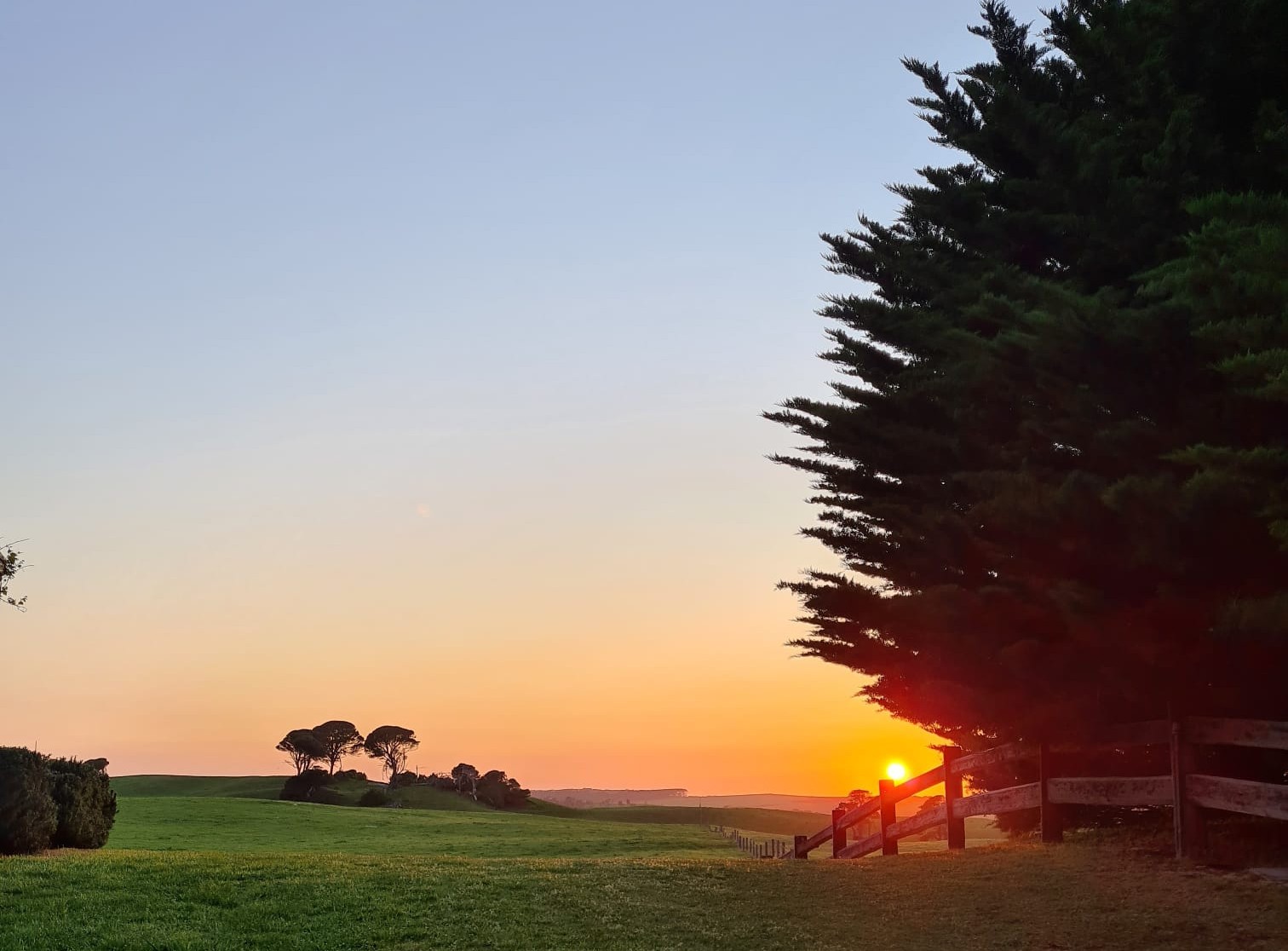ABOUT BARRAGUNDA ESTATE
Positioned on the rugged eastern tip of Victoria’s Mornington Peninsula, Barragunda Estate features 1,000 acres of sprawling native bushland stretching from Green’s Bush to Bushranger’s Bay and the towering cliffs of Cape Schanck.
With its location on the lands of the Boon Wurrung people of the Kulin nation, Barragunda’s name is said to be an ode to the thunderous roar of the sea along the cliff-edged coastline.
The estate is owned by the Morris family, owners of Morris Group: an independent, family run business operating a collection of iconic Australian experiences
The Morris family’s philanthropic trust, Morris Family Foundation supports grassroots environmental and social projects across Australia and internationally. The foundation is run by Executive Director Hayley Morris, a passionate food system advocate who’s committed to supporting initiatives that advance Australia’s transition to regenerative agriculture.
With her successful career in business, environmentalism and philanthropy, Hayley’s long-held ambition to operate a regenerative farm and restaurant on the estate will be realised in February 2025 with the opening of Barragunda Dining.
All profits from the restaurant will be directed back to the foundation to support innovation and systemic change in Australia’s food systems and advance the shift towards regenerative practices.

REGENERATION & SUSTAINABILITY
At Barragunda Estate, regeneration and sustainability are at the heart of everything.
We believe that as the custodians of this land, it is our responsibility to use agriculture to restore the landscape, rather than control it.
We’re more than a farm. We’re a biodiverse system, using agricultural practices that work in perfect unison to support the indigenous flora and fauna around us.
How we do sustainability:
- Every year we undertake large-scale revegetation projects on the property to repair the land from the impact of colonial grazing and connect important wildlife corridors.
- We operate with a ‘closed loop’ for agricultural and food waste which is processed into compost for our market garden and orchards.
- Compost teas are made from waste fish bones and mussel shells to boost soil nutrients.
- Mollusc shells are dried, ground and used to balance the PH levels in our sandy, acidic soils.
- Fish waste is minced and turned into fish emulsion, rich in nitrogen, phosphorus, and potassium for healthy soils.
- Bones from our butchery are used for stocks and then carbonised to create ‘bone char’, which helps soils retain water.
- Vegetable waste is preserved wherever possible or added to our thermophilic compost pile where it’s broken down to create nutrient-dense spoil for our garden.
- All our menus and paper towels are put through a woodchipper to create the brown element for our compost.
- ‘We strive to eliminate single use plastic from our kitchen and bar. We don’t use any takeaway containers, and any products that come in a plastic container are returned to the supplier to be refilled.
